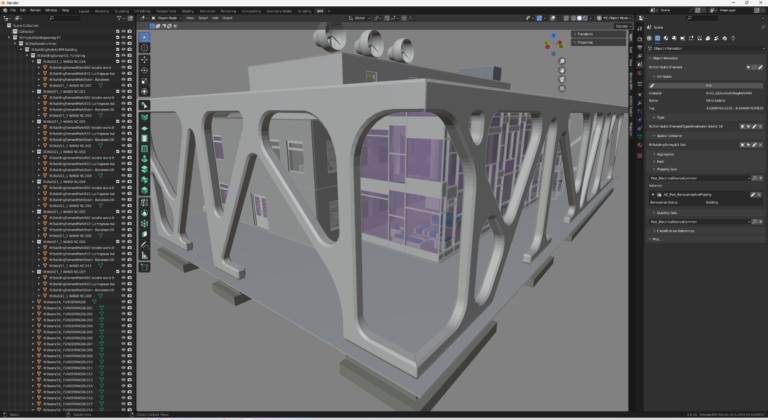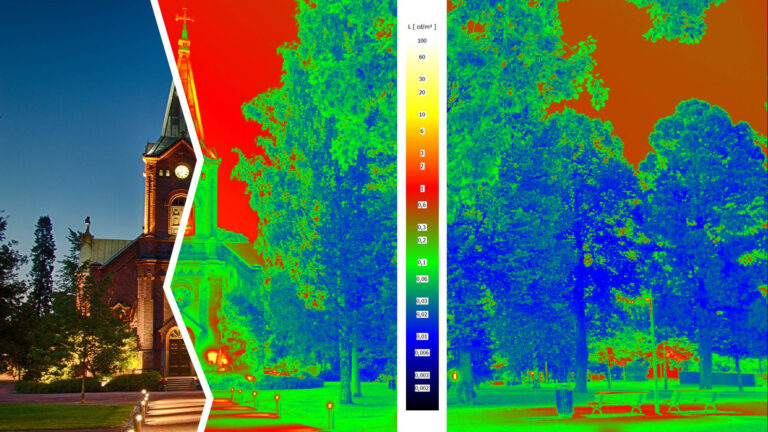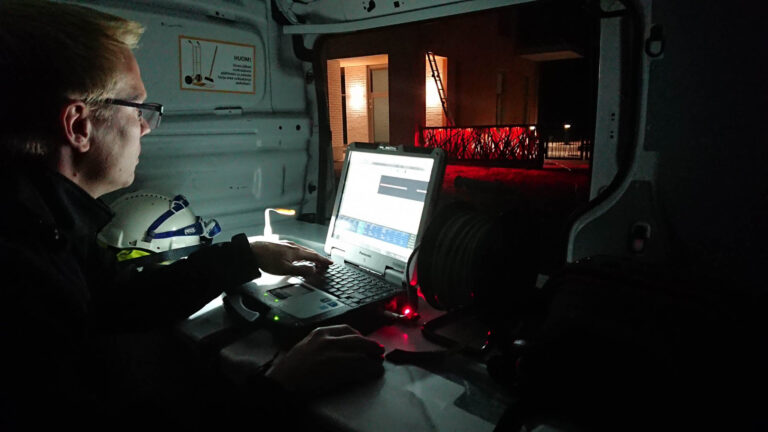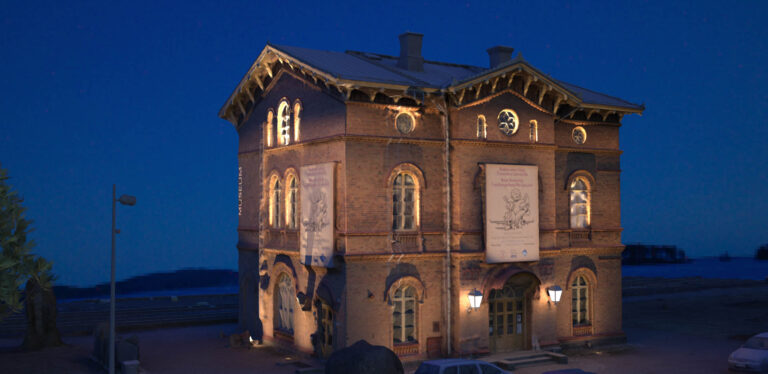
The Evolution of BIM in Lighting Design
Exploring the Impact of BIM in Lighting Design In the world of Building Information Modeling (BIM), lighting design is evolving as we move from traditional
Briefing and Kick-off: In this initial phase, White Night and the client come together to set the project’s scope, goals, and criteria. Considerations such as agreeing on a specific budget for lighting and establishing a timeline for deliverables may be part of this discussion. These aspects are vital in assuring superior quality from the beginning to the end of the design process.
Research & Analysis: During this phase, White Night undertakes an in-depth exploration of the project. This includes site visits, collection of relevant materials, and an initial project analysis. The team takes into consideration various factors such as the history, use, and significance of the space in question, as well as the client’s objectives. If needed, additional research is conducted to understand the dynamics of the space, ensuring the lighting design will perfectly complement its purpose and status.
Concept Development: This is the phase where the fundamental lighting design concept is formulated. It’s here that the critical “what” and “why” questions are addressed. The “what” involves identifying the specific parts of the building or area that need to be lit, such as entrances, sculptures, pedestrian areas, or architectural features. The “why” defines the purpose of the lighting, whether it’s to ensure safety and visibility at night, to highlight aesthetic elements like a sculpture, or to create a particular ambiance. Decisions concerning the key aspects of lighting, such as color temperature, light direction, and desired lighting effect, are made with these considerations in mind. The design concept is then brought to life using various tools, including sketches, renders, illustrative plans, and virtual models. This phase plays a crucial role in shaping a lighting design that seamlessly blends with the aesthetic and practical requirements of the project.
Design Development and Documentation: During this phase, the finalized lighting design concept is further refined. The team at White Night creates detailed illustrations, drawings, and documents that provide comprehensive information about the proposed lighting setup. This documentation includes final plans, fixture specifications, assembly details, and lighting schedules, serving as a complete blueprint for the lighting design. The resulting package provides clear instructions and guidance for contractors and other professionals who will implement the design, ensuring its accurate and successful execution.
In this phase, White Night focuses on commissioning, aiming, and programming the installed lighting system. The team ensures that the lighting fixtures are properly configured and programmed to achieve the desired lighting effects. This includes adjusting the lighting parameters, such as intensity, color, and control settings, to create the desired ambiance and functionality. White Night also carefully aims the luminaires to achieve the optimal lighting distribution and visual impact. Collaborating closely with the project team and stakeholders, White Night verifies that the lighting design meets the project’s goals and requirements. Throughout this phase, White Night provides any necessary assistance and guidance, ensuring the successful implementation of the lighting design.

Exploring the Impact of BIM in Lighting Design In the world of Building Information Modeling (BIM), lighting design is evolving as we move from traditional

In the world of lighting design, understanding how light interacts with a space and its elements is vital. At White Night, we have incorporated an insightful tool that enhances our understanding of this interaction: the luminance camera.

Once the entire lighting system is up and running, our job is to fine-tune everything. This stage involves precise adjustments to the light direction, spotlighting the desired areas, controlling glare, and skillfully crafting the perfect ambiance.

Since 2014, our firm has been at the forefront of blending drone technology with 3D modelling in the field of lighting design. This innovative approach has transformed our projects, injecting increased precision, efficiency, and safety into our work.